Boon Leong Lan
Seizure Classification Using Parallel Genetic Naive Bayes Classifiers
Oct 06, 2021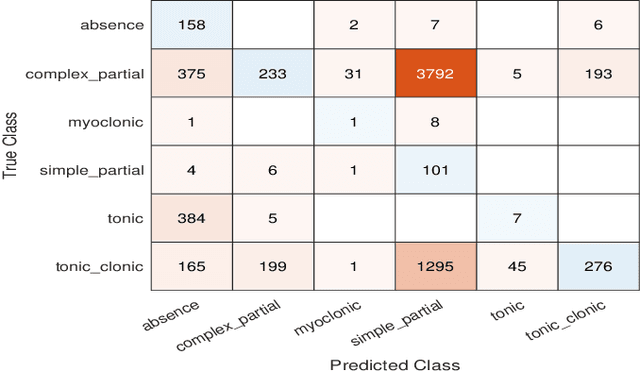

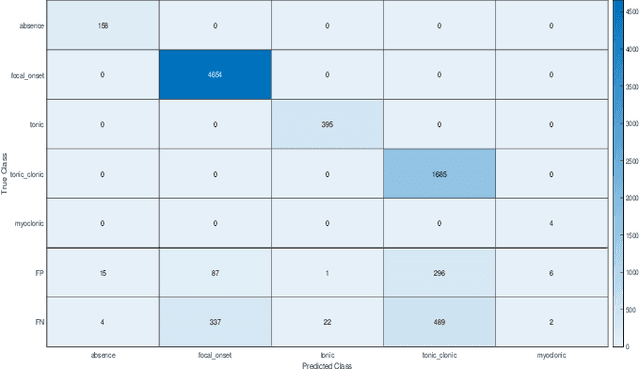
Abstract:Epilepsy affects 50 million people worldwide and is one of the most common serious brain disorders. Seizure detection and classification is a valuable tool for maintaining the condition. An automated detection algorithm will allow for accurate diagnosis. This study proposes a method using unique features with a novel parallel classifier trained using a genetic algorithm. Ictal states from the EEG are segmented into 1.8 s windows, where the epochs are then further decomposed into 13 different features from the first IMF. All of the features are fed into a genetic algorithm (Binary Grey Wolf Optimisation Option 1) with a Naive Bayes classifier. Combining the simple partial and complex partial seizures provides the highest accuracy of all the models tested.
CASPIANET++: A Multidimensional Channel-Spatial Asymmetric Attention Network with Noisy Student Curriculum Learning Paradigm for Brain Tumor Segmentation
Jul 08, 2021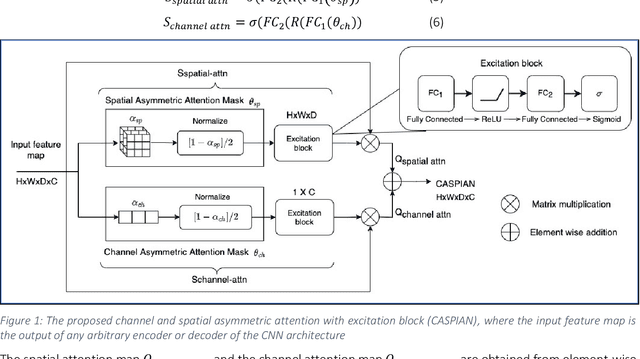
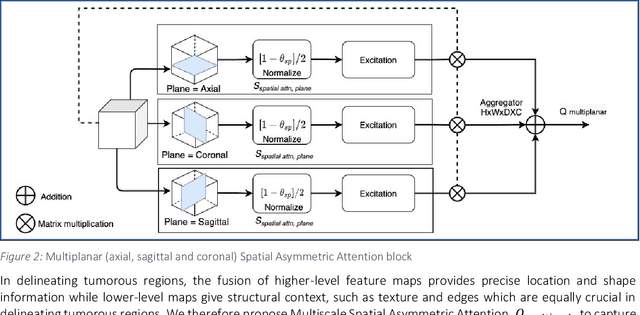
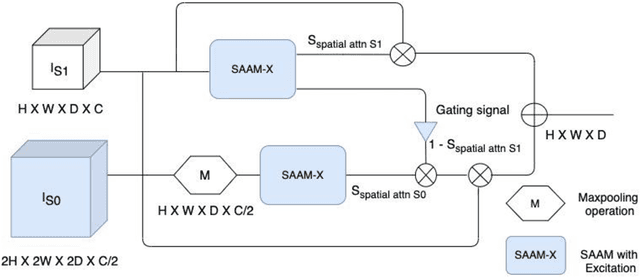
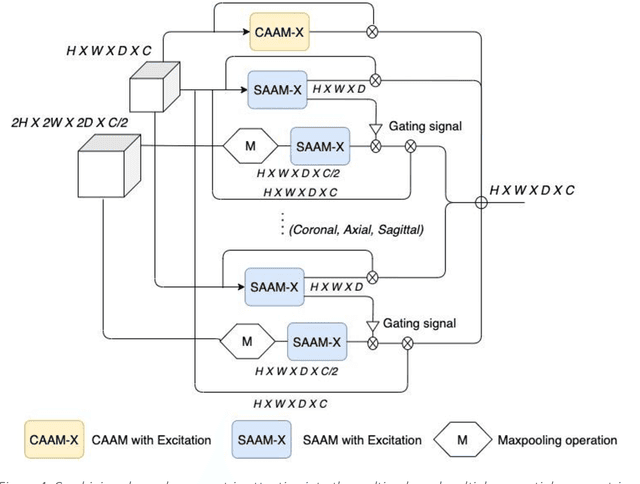
Abstract:Convolutional neural networks (CNNs) have been used quite successfully for semantic segmentation of brain tumors. However, current CNNs and attention mechanisms are stochastic in nature and neglect the morphological indicators used by radiologists to manually annotate regions of interest. In this paper, we introduce a channel and spatial wise asymmetric attention (CASPIAN) by leveraging the inherent structure of tumors to detect regions of saliency. To demonstrate the efficacy of our proposed layer, we integrate this into a well-established convolutional neural network (CNN) architecture to achieve higher Dice scores, with less GPU resources. Also, we investigate the inclusion of auxiliary multiscale and multiplanar attention branches to increase the spatial context crucial in semantic segmentation tasks. The resulting architecture is the new CASPIANET++, which achieves Dice Scores of 91.19% whole tumor, 87.6% for tumor core and 81.03% for enhancing tumor. Furthermore, driven by the scarcity of brain tumor data, we investigate the Noisy Student method for segmentation tasks. Our new Noisy Student Curriculum Learning paradigm, which infuses noise incrementally to increase the complexity of the training images exposed to the network, further boosts the enhancing tumor region to 81.53%. Additional validation performed on the BraTS2020 data shows that the Noisy Student Curriculum Learning method works well without any additional training or finetuning.
A new semi-supervised self-training method for lung cancer prediction
Dec 17, 2020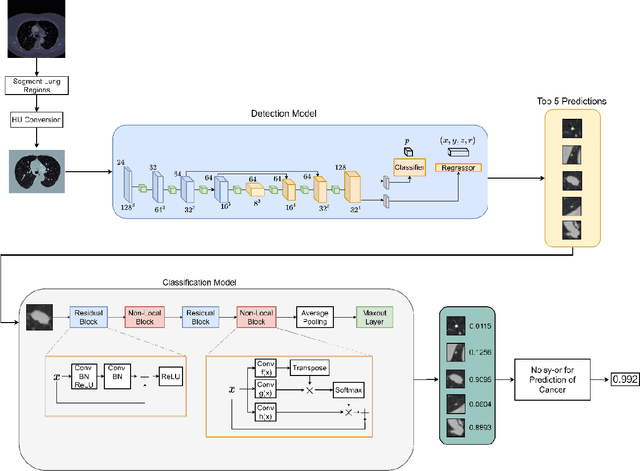


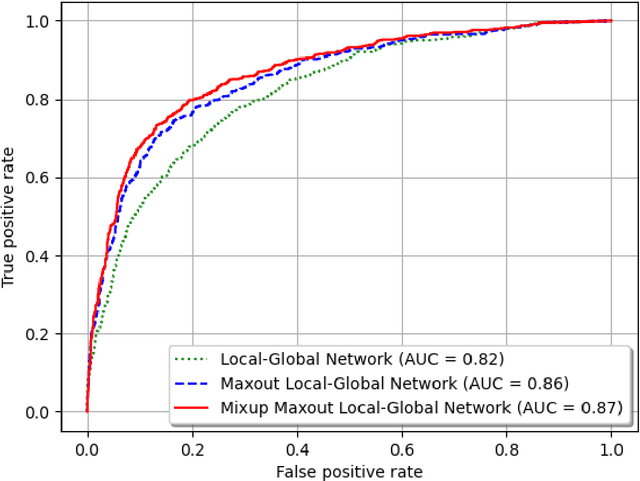
Abstract:Background and Objective: Early detection of lung cancer is crucial as it has high mortality rate with patients commonly present with the disease at stage 3 and above. There are only relatively few methods that simultaneously detect and classify nodules from computed tomography (CT) scans. Furthermore, very few studies have used semi-supervised learning for lung cancer prediction. This study presents a complete end-to-end scheme to detect and classify lung nodules using the state-of-the-art Self-training with Noisy Student method on a comprehensive CT lung screening dataset of around 4,000 CT scans. Methods: We used three datasets, namely LUNA16, LIDC and NLST, for this study. We first utilise a three-dimensional deep convolutional neural network model to detect lung nodules in the detection stage. The classification model known as Maxout Local-Global Network uses non-local networks to detect global features including shape features, residual blocks to detect local features including nodule texture, and a Maxout layer to detect nodule variations. We trained the first Self-training with Noisy Student model to predict lung cancer on the unlabelled NLST datasets. Then, we performed Mixup regularization to enhance our scheme and provide robustness to erroneous labels. Results and Conclusions: Our new Mixup Maxout Local-Global network achieves an AUC of 0.87 on 2,005 completely independent testing scans from the NLST dataset. Our new scheme significantly outperformed the next highest performing method at the 5% significance level using DeLong's test (p = 0.0001). This study presents a new complete end-to-end scheme to predict lung cancer using Self-training with Noisy Student combined with Mixup regularization. On a completely independent dataset of 2,005 scans, we achieved state-of-the-art performance even with more images as compared to other methods.
Lung Nodule Classification using Deep Local-Global Networks
Apr 23, 2019


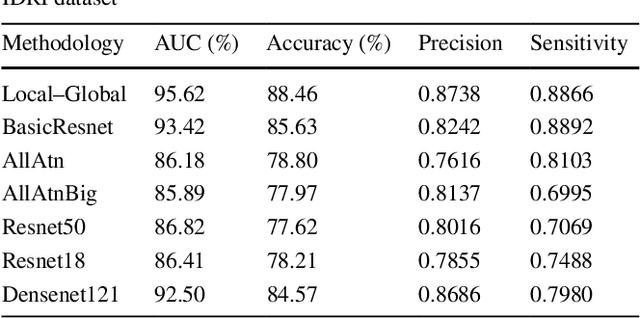
Abstract:Purpose: Lung nodules have very diverse shapes and sizes, which makes classifying them as benign/malignant a challenging problem. In this paper, we propose a novel method to predict the malignancy of nodules that have the capability to analyze the shape and size of a nodule using a global feature extractor, as well as the density and structure of the nodule using a local feature extractor. Methods: We propose to use Residual Blocks with a 3x3 kernel size for local feature extraction, and Non-Local Blocks to extract the global features. The Non-Local Block has the ability to extract global features without using a huge number of parameters. The key idea behind the Non-Local Block is to apply matrix multiplications between features on the same feature maps. Results: We trained and validated the proposed method on the LIDC-IDRI dataset which contains 1,018 computed tomography (CT) scans. We followed a rigorous procedure for experimental setup namely, 10-fold cross-validation and ignored the nodules that had been annotated by less than 3 radiologists. The proposed method achieved state-of-the-art results with AUC=95.62%, while significantly outperforming other baseline methods. Conclusions: Our proposed Deep Local-Global network has the capability to accurately extract both local and global features. Our new method outperforms state-of-the-art architecture including Densenet and Resnet with transfer learning.
 Add to Chrome
Add to Chrome Add to Firefox
Add to Firefox Add to Edge
Add to Edge